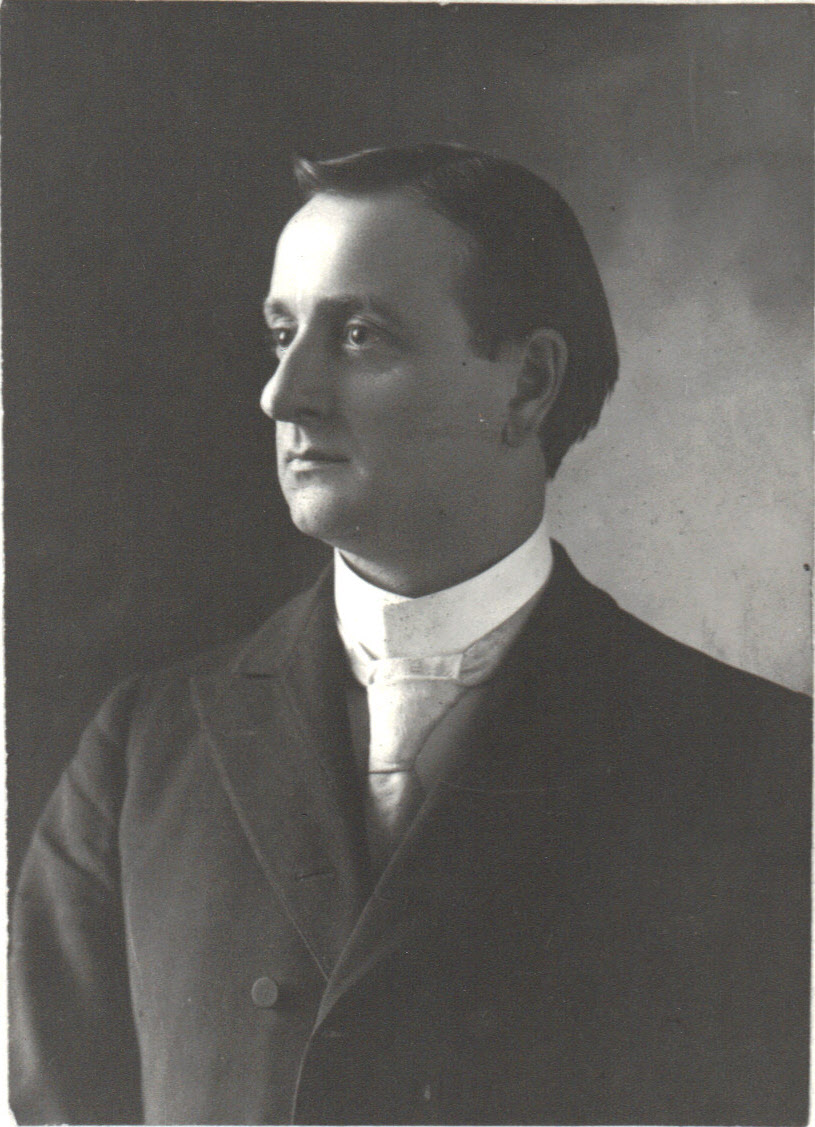 On April 4, the physics department at Columbia University held an unblinding party. For 100.9 days between January 13 and June 8, 2010, a detector 4,500 feet underground at the Laboratori Nazionali del Gran Sasso, in central Italy, had been collecting data. Following the protocol of a “blind” analysis, the data had instantly disappeared into a “box”—a Pandora-esque hard drive—so as not to prejudice the human analysis. Now some of the collaborators on the experiment had gathered in a laboratory at Columbia to watch as a software program lifted the lid on the box and allowed them all a first peek at whatever there was to see.
On April 4, the physics department at Columbia University held an unblinding party. For 100.9 days between January 13 and June 8, 2010, a detector 4,500 feet underground at the Laboratori Nazionali del Gran Sasso, in central Italy, had been collecting data. Following the protocol of a “blind” analysis, the data had instantly disappeared into a “box”—a Pandora-esque hard drive—so as not to prejudice the human analysis. Now some of the collaborators on the experiment had gathered in a laboratory at Columbia to watch as a software program lifted the lid on the box and allowed them all a first peek at whatever there was to see.
What they saw on the computer screen were six red dots. Six: a number statistically significant enough to allow them to claim a detection…and for the leader of the team, Elena Aprile, to cop a Nobel Prize.
Cheers! Hugs! Kisses!
Also (straighten tie; smooth skirt), analysis. Over the next few days they discovered that they had to attribute three events to electronic noise. Which still left them with three events. But they had known in advance that no matter how many or how few “detections” they found, they would have to discount two—or, more accurately, 1.8 ± 0.6, the number they had calculated that in a sample of this particular size would be due to radioactive interference. Which left them with one, a statistically insignificant number. On April 13—nine days after the unblinding party had turned into a party party—the collaboration posted their paper online, including this conclusion in the abstract: “no evidence for dark matter.”






 Pam is a former methamphetamine user. On a website for recovering addicts, she posted an
Pam is a former methamphetamine user. On a website for recovering addicts, she posted an 
